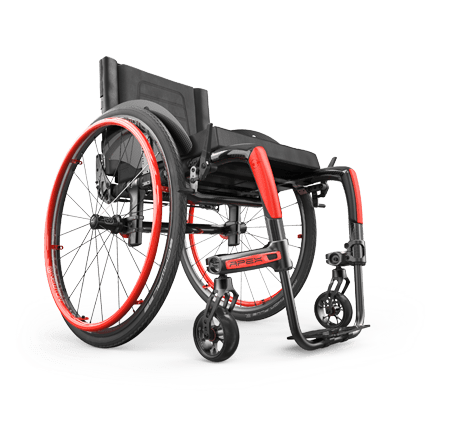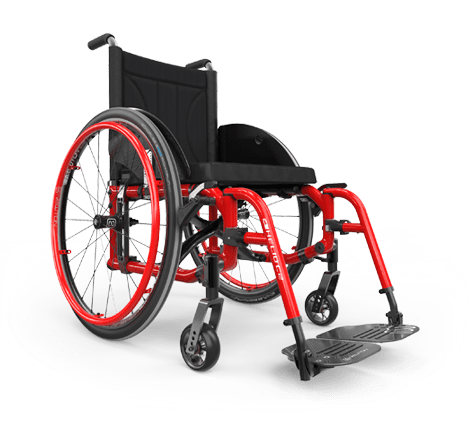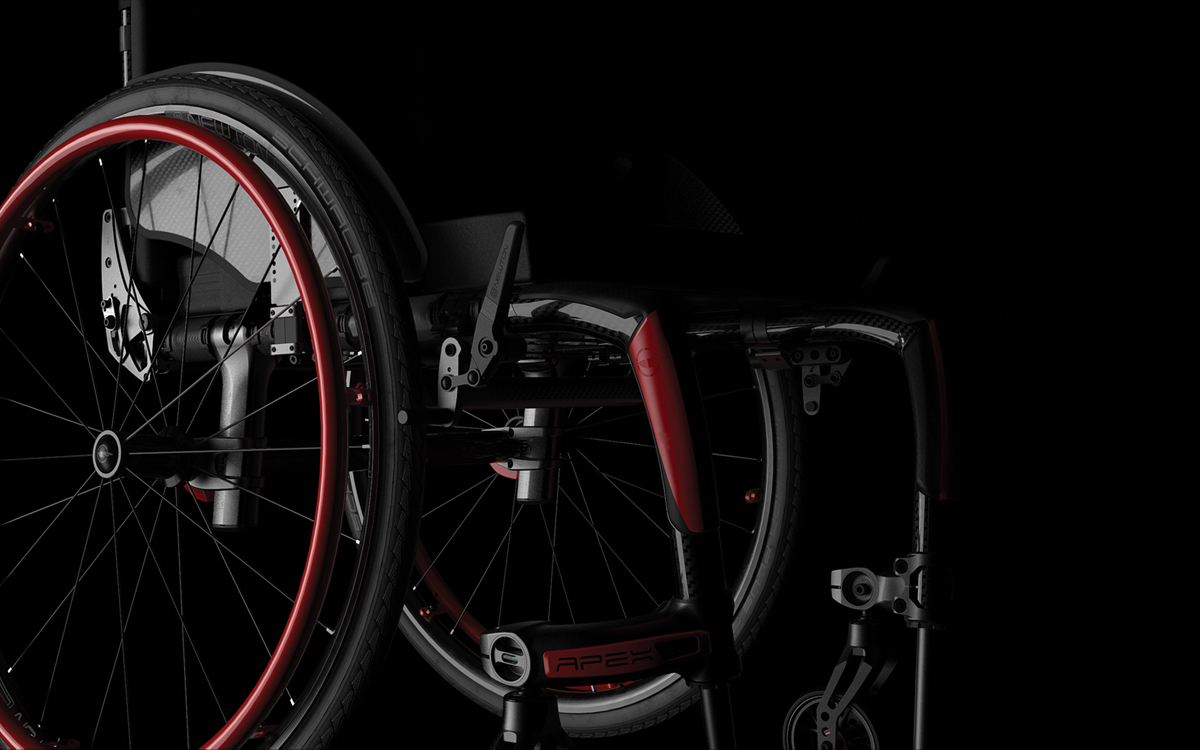When you speak to one of our engineers about carbon fiber or ask a question about product design, their eyes immediately light up as they explain the manufacturing and design process. Each phase of product design and manufacturing is meticulously thought out and executed to provide the most durable, high-performing, and efficient wheelchair available. It is exciting to see other manufacturers creating extremely lightweight manual wheelchairs as well as utilizing carbon fiber and other high-end materials. However, we believe our wheelchairs stand out among our competitors due to our design innovation and high-end manufacturing techniques.
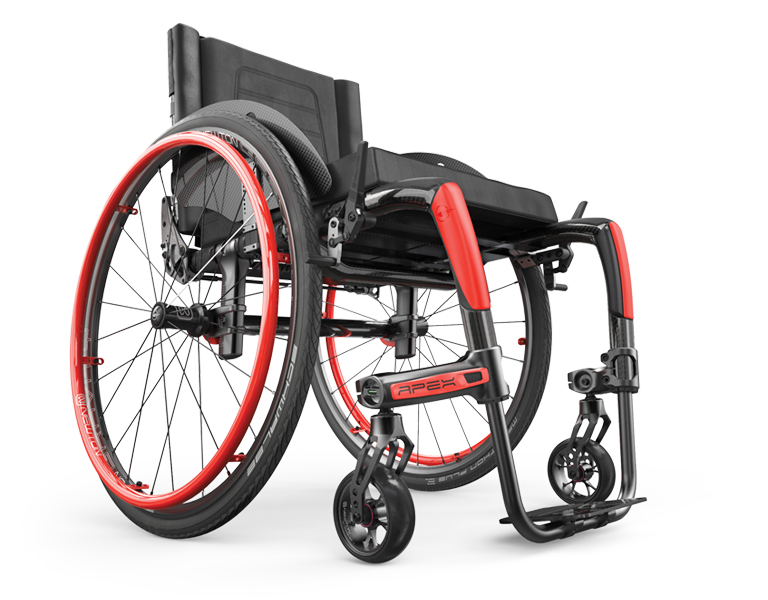
Durability of Carbon Fiber Composites
The durability of carbon fiber can be influenced by two main factors, manufacturing techniques and fatigue life of the composite material itself. Each of these can make or break the durability of a wheelchair. It is important as an end user, supplier, or clinician to educate yourself on how to critically examine the engineering process to confidently choose the best product.
Fatigue: Comparing Metals to Carbon Fiber Composites
The carbon fiber material that makes up the wheelchair is known as a composite. That is, fibers of carbon are held together by a resin. Knowing this, it is difficult to equate the material fatigue of a Carbon Fiber Composite material to a metal such as aluminum or titanium. Composites do not behave or fatigue in the same way a metal does. Composite materials essentially have an infinite fatigue life. Because of this, you can rest assured that your carbon fiber wheelchair from Motion Composites will be able to withstand your day-to-day wear and tear on the product. We can confidently say that our Carbon Fiber frames will last the lifetime of the client. This alone should perk up the ears of any funding source or individual who is investing in our products! We believe so fully in our Carbon Fiber frames that we have a lifetime warranty on the frame.
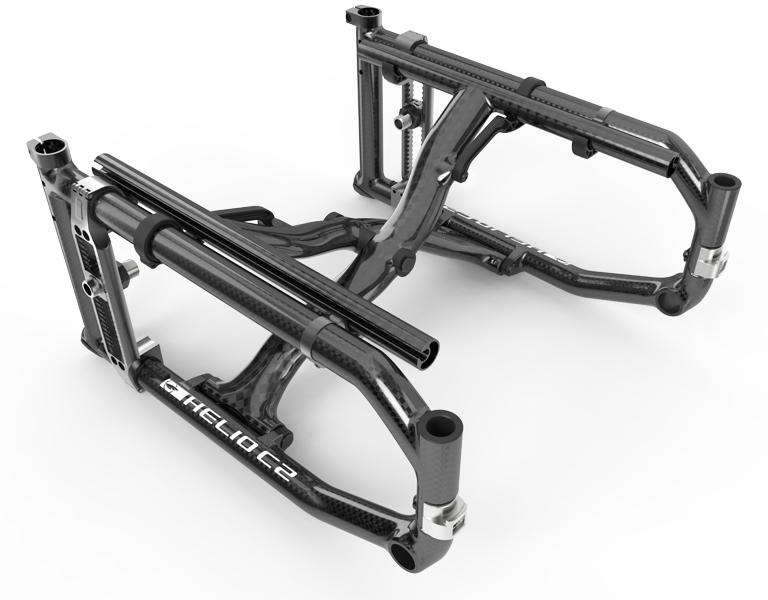
Clinician Note:
Funding can be a daunting and difficult topic for therapists who are trying to justify the need for carbon fiber in an ultralightweight wheelchair. Some funding sources outright say they will not fund carbon fiber. However there are ones that will, so understanding why it is such a great material and how to use that information in justification is important. Utilizing the durability of the material itself and relating it back to cost effectiveness can be a great argument to get a funding source to pay for a premium product. Justifying the higher-end material by simply explaining that any lower-cost options could create the potential for increased visits from the supplier and an increased number of hours or days the client is without the wheelchair due to repairs will ultimately create a sense of distrust and anxiety with lower quality equipment. This all costs the funding source money and may eventually cost more than if they were to provide a high-performing, durable product initially. (Check this article from Mobility Management : "Tomorrow's Wheelchairs - What Today and Yesterday can tell us about future technology".)
Manufacturing: Improvements in Engineering
Where you will notice significant upgrades in quality, durability, and ultimately performance is how a carbon fiber wheelchair is manufactured. The molding technique allows for creative designs and shapes to be achieved. However, it is worth inquiring how a manufacturer braids, molds, or layers the pre-impregnated sheets of carbon fiber (envision layering sheets of filo dough or flexible sheets of raw lasagna noodles). Two manufacturers can have the same sheets of carbon fiber but knowing the actual process of their molding can make the difference in quality! How Motion Composites achieves improved durability in this process is by altering the amount and direction of layers at any given point on the wheelchair. This technique allows for weight savings by using fewer layers in areas that undergo unidirectional force, while simultaneously allowing other areas of the wheelchair that receive force from all directions (such as where the caster housing integrates into the frame) to be robustly built up with many layers. Layering the sheets of carbon fiber in a multi-directional pattern in these areas is what improves the durability. Small details such as avoiding bubbles in the resin can make or break the manufacturing process. Also, it is important to note that a large part of this process must be done by hand, so you can understand why the process is more costly than using aluminum.
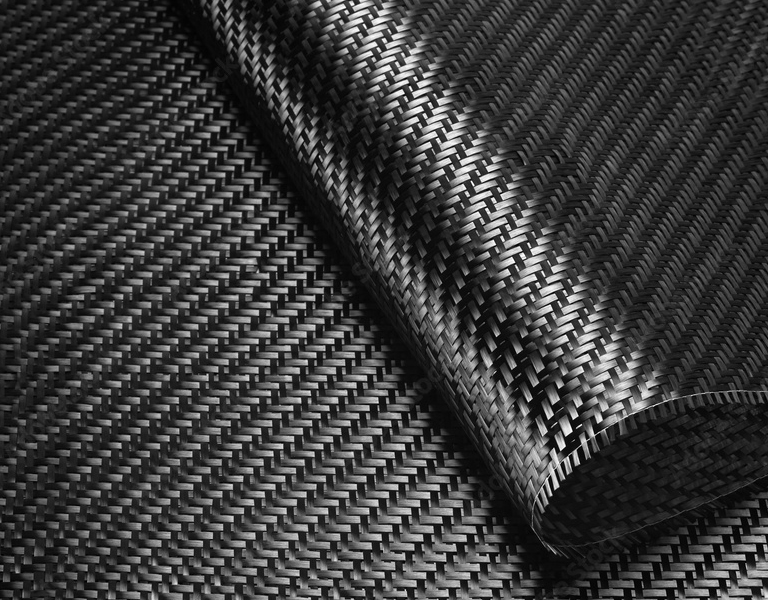
Vibration Damping: The MOST Important Property?
When you think of carbon fiber in the wheelchair industry, likely you are imagining a very lightweight product. While this is true, there is another property that may have the same or bigger impact on you as the user: vibration damping. Vibration damping is a property that allows the material to absorb vibration. Is comfort a top priority for you when configuring a new manual wheelchair? What vibration damping can feel like is a much smoother ride, meaning you will feel less “road noise” as the wheelchair traverses over uneven surfaces. We encourage you to have your therapy team or local supplier allow you to trial a carbon fiber wheelchair to feel the difference for yourself!
You can read more about the other beneficial characteristics of carbon fiber on our technology page.
Clinician’s Note:
The property of vibration damping can play a huge role in your justification for a carbon fiber wheelchair. If your patient experiences musculoskeletal pain, neuropathic pain, spasticity, or tone, having a wheelchair that absorbs vibration can help decrease some of these symptoms. This can be impactful to a funding source when creating the argument that the patient will benefit from this higher-end material in a wheelchair. You will then be able to connect the dots from your objective measures into functional activities such as the patient now being able to tolerate sitting in the wheelchair throughout the day and be independent with MRADLs both in the morning and evening. Does your patient struggle with fatigue? A smoother ride due to vibration damping can help decrease this as well. You will be providing the best evidence-based practice by justifying the need for a higher-end material that offers the best ride characteristics to maintain independence in a manual wheelchair for the lifetime of the client.
There is no denying the benefits of carbon fiber and how it can make such a positive impact on you as the end user. Although cost continues to be a big hurdle with funding sources, clinicians that can justify the positive functional impacts a high-end material such as carbon fiber has on a client can help create the argument for a more cost-effective assistive device. Rest assured, Motion Composites and our education team will continue to support this initiative to get funding for our clients who deserve the best quality and highest performing product on the market.




